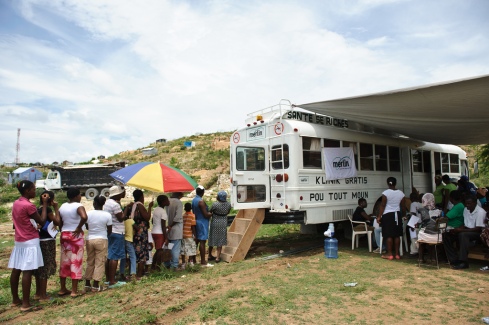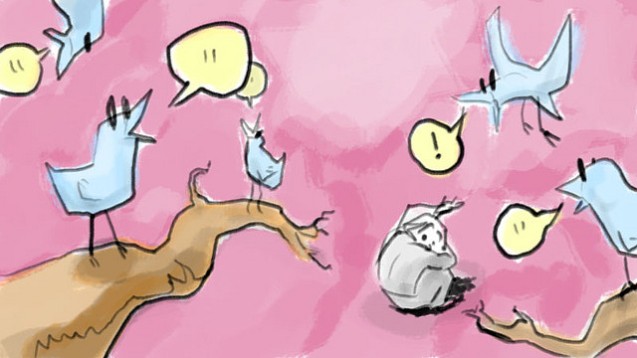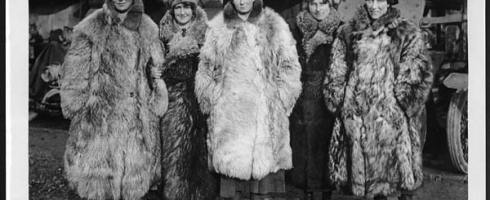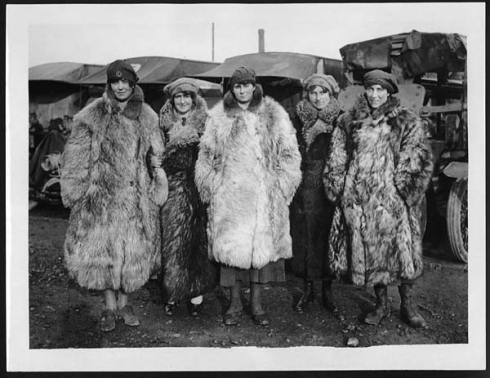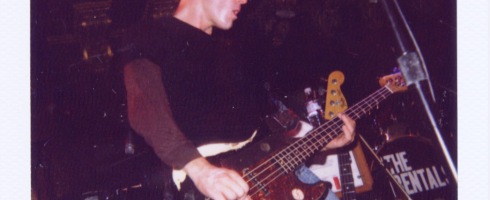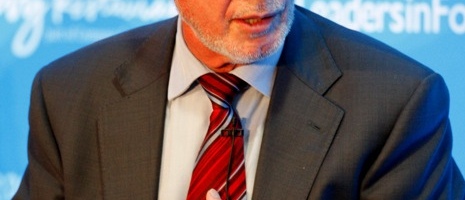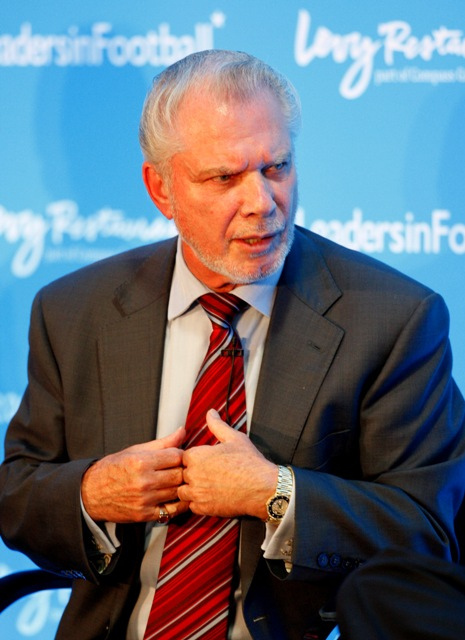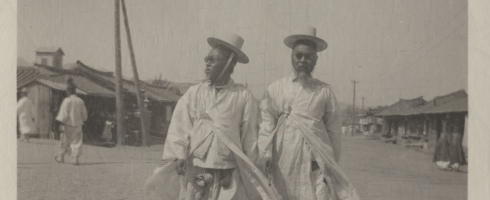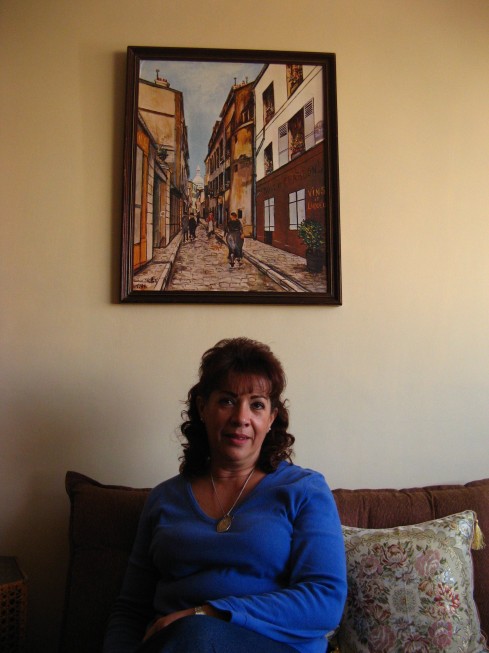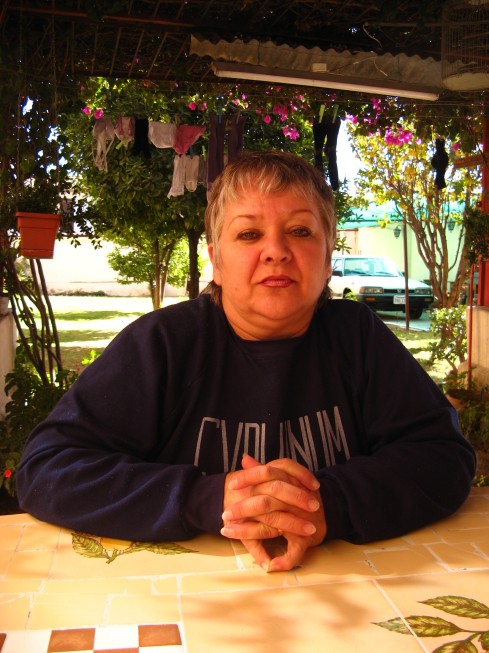British medical charity Merlin won a charity prize last night and their tweeting about it reminded me that I had interviewed its director of finance, Vicky Ennis, in the aftermath of the Haiti disaster in 2010, about how charity finance people lead efforts to respond to major emergencies of that scale. Very much enjoyed researching and writing this article, and speaking with the finance directors from several charities who responded to the Haiti disaster – have a read.
The utter devastation suffered by Haitian citizens after the 7.0 magnitude earthquake that struck on 12 January rendered the biggest humanitarian response ever recorded, reports claim. No ballpark figures yet exist, but several billions in individual donations combined with government gifts and a raft of large celebrity cheque signings amassed unprecedented sums, all within days of the event.
Getting it into the country in those first few days, though, proved impossible. Most of Haiti’s infrastructure and banking system are out of action; roads are decimated by mudslides or mountains of rubble from the estimated 280,000 collapsed or badly damaged homes and commercial buildings. And what use is a single dollar bill in a place where the markets, their suppliers and the ports allowing essential imported goods in are destroyed while their proprietors may be among the estimated one million homeless, or the 530,000 dead or injured?
In fact, due to the level of disturbance, the response from UK charities to these challenges was quite literally to bundle up thousands of pounds and wire it to Haiti through neighbouring Dominican Republic. Vicky Annis, head of finance at medical charity Merlin, explains that her team of 12 finance staff had to do just that from its central London headquarters. “It has been quite literally a case of three or four members of my finance team taking £3,000 in cash down to our local Western Union several times a day,” she reveals. “It’s enormously time consuming.” Merlin was one of the first charities that had no previous business in Haiti to land there after the disaster.
David Membrey, acting chief executive at the Charity Finance Directors’ Group, confirms this has been practice elsewhere. “I know in the case of the 2004 tsunami that some charities, in the weeks after the event, were literally sending staff out with rucksacks full of dollars,” he says. “The destruction was so wide there that you could be on a project where there might not be a working bank for a 100 miles. It’s not a long-term solution but it’s a practical one.”
Faith-based charity Cafod’s head of finance James Steel has to employ his skills of persuasion and pull in help from around the business to cover sudden need from finance. Cafod has a financial accounts team, a financial management team and a humanitarian finance team, he explains, as well as donation processing people to call on if it needs extra hands.
Charity FDs say they were not hit with the response for Haiti until between 72 hours and the first week after the event, once trustees and directors (including the FDs) had decided on their level of response. Says Steel: “In early February, while Haiti was going on, we had external auditors going through what we’d done in Southern Sudan and Mozambique with a toothcomb. You’ve got to balance that over the life of a response to something like Haiti,” he says. “It brings a level of complexity into the organisation.”
In and out
While the process of getting money in the door is now automated thanks to online and text donations, FDs in even large charities found themselves struggling to upscale dramatically in the first days after Haiti to get it out again. It meant diverting finance staff from modest teams away from their usual duties, diverting funds to hire temporary staff or persuading other managers to get their non-finance volunteers mucking in.
“This office was full of volunteers processing credit cards on the weekend, because suddenly we had this massive surge and we had no time to plan around it,” says Joe Ghandhi, head of finance for Médicins Sans Frontières UK. “I was ringing our 0800 number first thing every morning to test the response time and some of our country websites had real bandwidth issues, so we had to switch things around.” MSF already had around 800 staff in the field on a long-term programme.
Cafod’s Steel concurs. “In the 2004 tsunami appeal we couldn’t change the message on our freephone donation number. It was Boxing Day and I was in the office trying to change it, but we couldn’t get hold of anyone,” he says.
Charity FDs are learning valuable lessons around how to plan for these problems that really hamper the increasingly common emergency responses they have to make.
In other, ongoing ‘silent’ crises such as the conflict and mass displacement of people in Jos, central Nigeria, or responding to the immediate needs and longer-term rebuilding efforts in Sumatra after last September’s earthquake, getting funds to disaster-struck communities on a regular basis proves difficult, too and is part of the FD’s remit.
Cafod’s Steel reveals how far down in the detail FDs mobilising resources can be. “We’re making quite a big response in Jos and for that we had very immediate spending needs. We decided on the Friday that we needed money to respond and it got there on the Monday” good going, given that getting money into rural Nigeria is difficult and we work with a lot of individual clinics there, says Steel. For Haiti, Cafod sent four people immediately, “but we were short on dollars, borrowing them right, left and centre, making sure they’d got credit cards: small things, but just making sure that they had what they needed.”
Informed response
MSF’s Ghandhi highlights the communication skills needed from FDs in crisis response. His finance function worked closely with its fundraising and press departments on the Haiti appeal to stay informed about what campaigns were running, as it has a direct impact on his mandate. “Because of that, finance knew early that we had a fantastic response from the public so we then had to shift quickly to asking donors to donate for our general programmes rather than specifically for Haiti,” he says. This fulfils its other longer-term projects and uses money wisely.
Keeping track of what is spent where, as well as building an overall plan to rebuild communities is something the charity FD needs to balance. Cafod’s Steel says that 72 hours after the Haiti earthquake his finance team were finalising areas of responsibility for spending mechanisms and for setting a framework for accountability.
“You need to establish mechanisms for receiving money, setting up o utsourcers which can be complex, then working out how all of it is going to get back into your database and how it is going to be accounted for,” he says. “You’re sending people to Darfur and you have to meet their pension and payroll needs.” Merlin’s Annis designated an additional finance person to manage everything to do with Haiti from the UK and assigned a specific code to all costs arising from the response, to make accounting for it simpler.
“Now it’s about bringing in all our financial procedures and controls so we can understand where we are for developing a full budget, having that reporting on cashflow and having an idea on a weekly basis what cash is going to be required in the field, and managing how we transfer the money on a much more regular basis.”
She adds: “We need to identify our Haiti spend against different donor projects and split them down into project level, start reporting against it and understanding where we are on our budgets.” Merlin will place a permanent country FD in Haiti for the next six months to oversee this reporting process.
MSF’s Ghandhi will need to finance the rebuilding of its three field hospitals, all of which were badly damaged in the earthquake. “I have to talk with our central team about how much we can spend over the next three years, say, to fix them so our campaigns have to match that amount.”
Against the backdrop of what corporate FDs have had to manage recently, the work charity FDs have done to respond to Haiti and other disasters is impressive. “It can be difficult to scale up in a very dramatic way something that no one in a sane world would do but you just have to do it,” says Cafod’s Steel. “There is the supply chain management, procurement is very difficult and there is all the political stuff.
We had a briefing in early February from someone who just came back from Haiti and his message to us was, ‘why send tents when the rainy season is coming, can’t we get into semi-permanent construction’. The logistics of getting materials into the country with no infrastructure make that absolutely impossible.” At some point, though, they’ll just have to.
The charity FD and disaster response
In regular contact with charities across the UK, the Charity Finance Directors’ Group has the big picture view on how the sector responded to Haiti and some chronic issues charity FDs face in disaster response. Acting CEO David Membrey spoke with Financial Director about his observations and where he saw the troublespots for FDs.
• Logistics
“A good charity FD really understands the operational networks and logistics of the charity better than anybody else. They should know what is where and they should understand the systems that will tell them how many blankets they’ve got at their depot in Wigan, for example. If they don’t, they should know where to get it.”
• Sector-wide collaboration
“If you don’t have a programme in Haiti you don’t have to set one up overnight: you piggyback on somebody else. That happens a lot in the charity sector as they all know each other and often get together, so can share resources. They can do more if they share resources than they can if they work in isolation and there’s no point ordering the same thing for the same area.”
• Disaster planning
I know of some charities trying to set up a network of warehouses and facilities to house goods for emergency response across the world, rather than mobilising stuff from, say, Europe to be flown to the Caribbean or Asia at a moment’s notice. The next disaster of Haiti’s kind is not likely to be in London, so why keep all your stores there? FDs of charities need to think about this and I know they have done.”
• Donors should listen to the FD’s funding decisions
“Donors to the 2004 tsunami wanted to see immediate results and it was difficult for many charities to reconcile that with the need for long-term planning. The fact that a lot of that money wasn’t spent after two or three years was viewed negatively, but charities wanted to make a lasting difference, to rebuild homes so they won’t fall down the next time. That is a very real issue for FDs: they have to say, ‘no, at the moment the bank is the best place for it’.”

